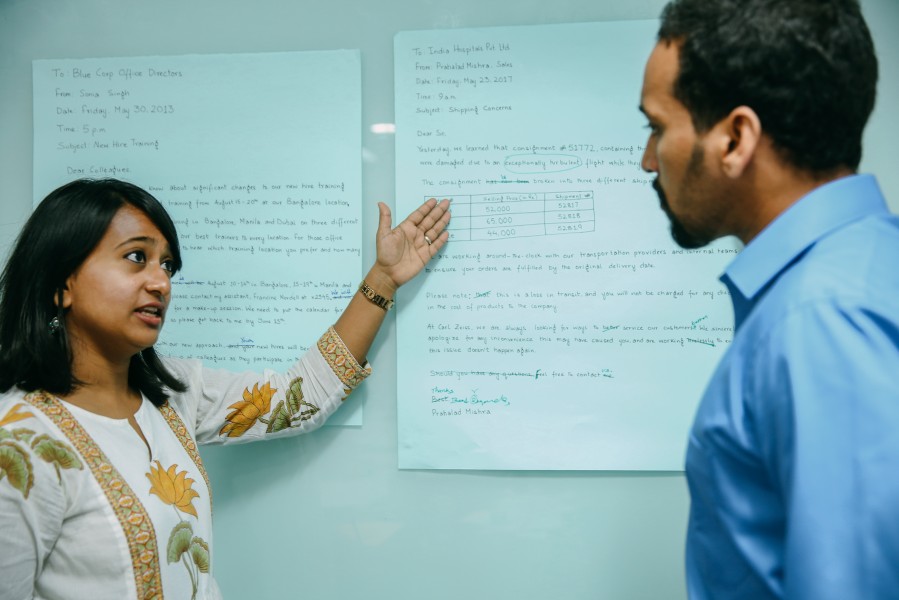The Six-step Communication Cycle

by Sharmila Gautama
The six-step communication cycle is a checklist that helps you define, organise and clarify your message during the communication process. Knowing, understanding and completing the cycle while communicating is a guarantee that your message or information will be delivered effectively. What is this cycle?Connecting
The first step is connecting with your intended audience. Connecting moves beyond physical proximity to respecting their perspectives, beliefs and background, and taking those into consideration while communicating with them. Ignoring these essential characteristics or make-up of your audience leads to the failure of your message getting delivered. Body language plays an important role during this step. Demonstrating positive body language that includes open gestures, good posture, and eye contact, facilitates the connection process.
ListeningThe importance of listening cannot be overemphasised. Listen to understand and not reply. Put aside distracting thoughts and don’t mentally prepare rebuttals. If you have difficulty concentrating, try repeating the speaker’s words in your head. Also, “listen” to the speaker’s body language. Don’t cross your arms across your chest when listening. Research shows you retain only 30 per cent less information when you have your arms crossed.
EncouragingTo get the best out of a communication process, you need to motivate and encourage your audience. This can be demonstrated through body language, facial expressions and vocal cues. Lean forward to show the speaker that you’re engaged. Nod when the speaker talks and provide vocal cues such as “hmmm”, “yes”, “okay” to show them that you’re participating. Remember to turn off technology during this process and don’t be distracted by environmental factors.
QuestioningQuestioning is a very important step in the process of communication. It is a skill that initiates participation, clarifies, and prevents misunderstandings. Apart from encouraging your audience to ask questions, you can also ask questions to fill in the gaps in information. Depending on the audience and information you need, you can ask open ended, close ended or leading questions.
ConfirmingThis is the stage where consensus is built. The information provided by the speaker is confirmed by summarising or paraphrasing. You can start by saying “To sum up…”, or “I would like to sum up…” or “So, this is what you mean…” This step helps ensure both parties are on the same page and there is little room for miscommunication.
ProvidingThe final step in communication is providing. In this step you are expected to provide information with clarity of speech, audibility, right voice modulation and intonation. Avoid fillers such “ummm”, “you know”, “okay” when providing. Also, be sure to not repeat information or fumble while providing. Remember communication is not complete unless you receive the results you want. Following these six steps will help you engage more effectively with audiences.




